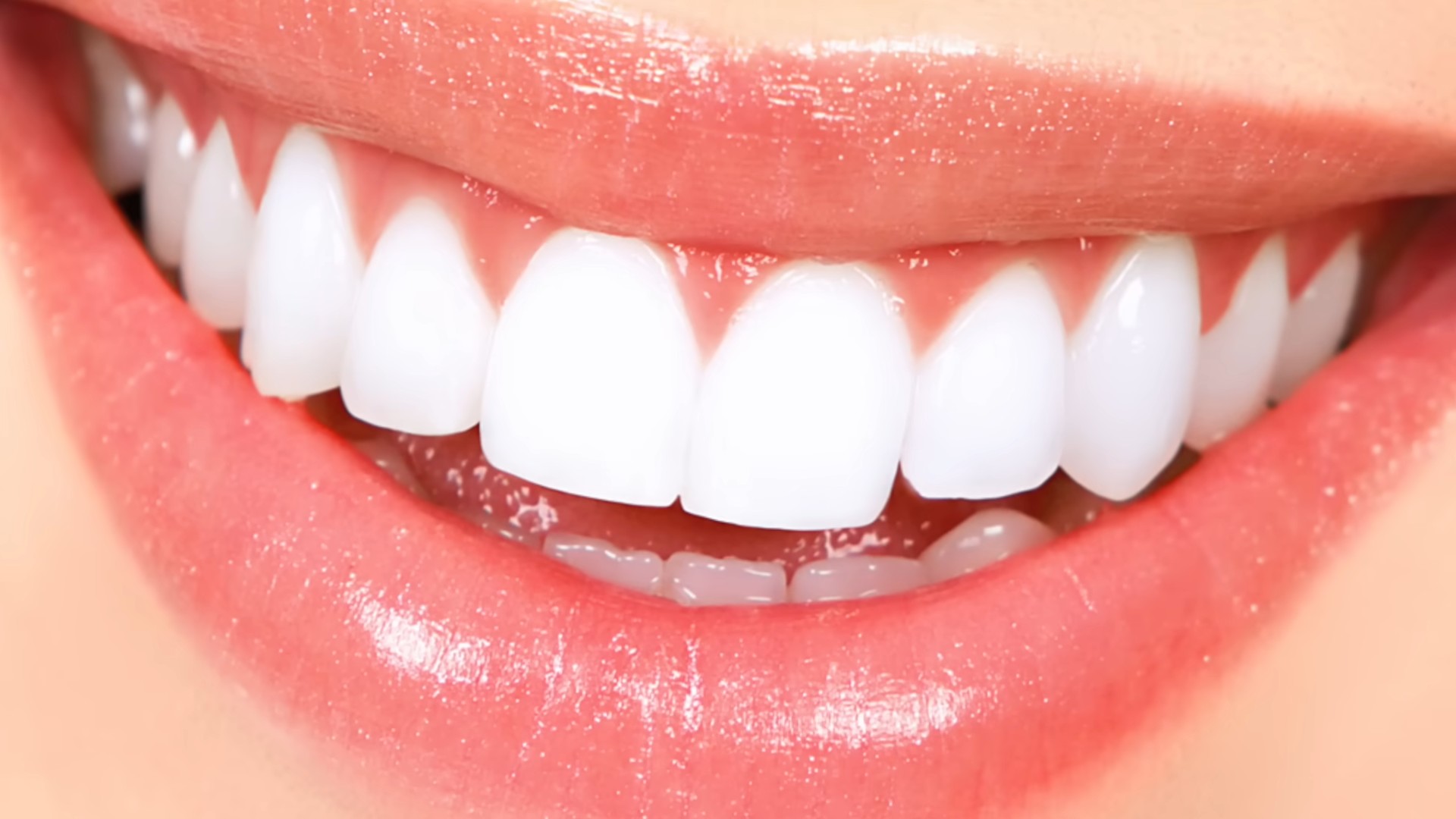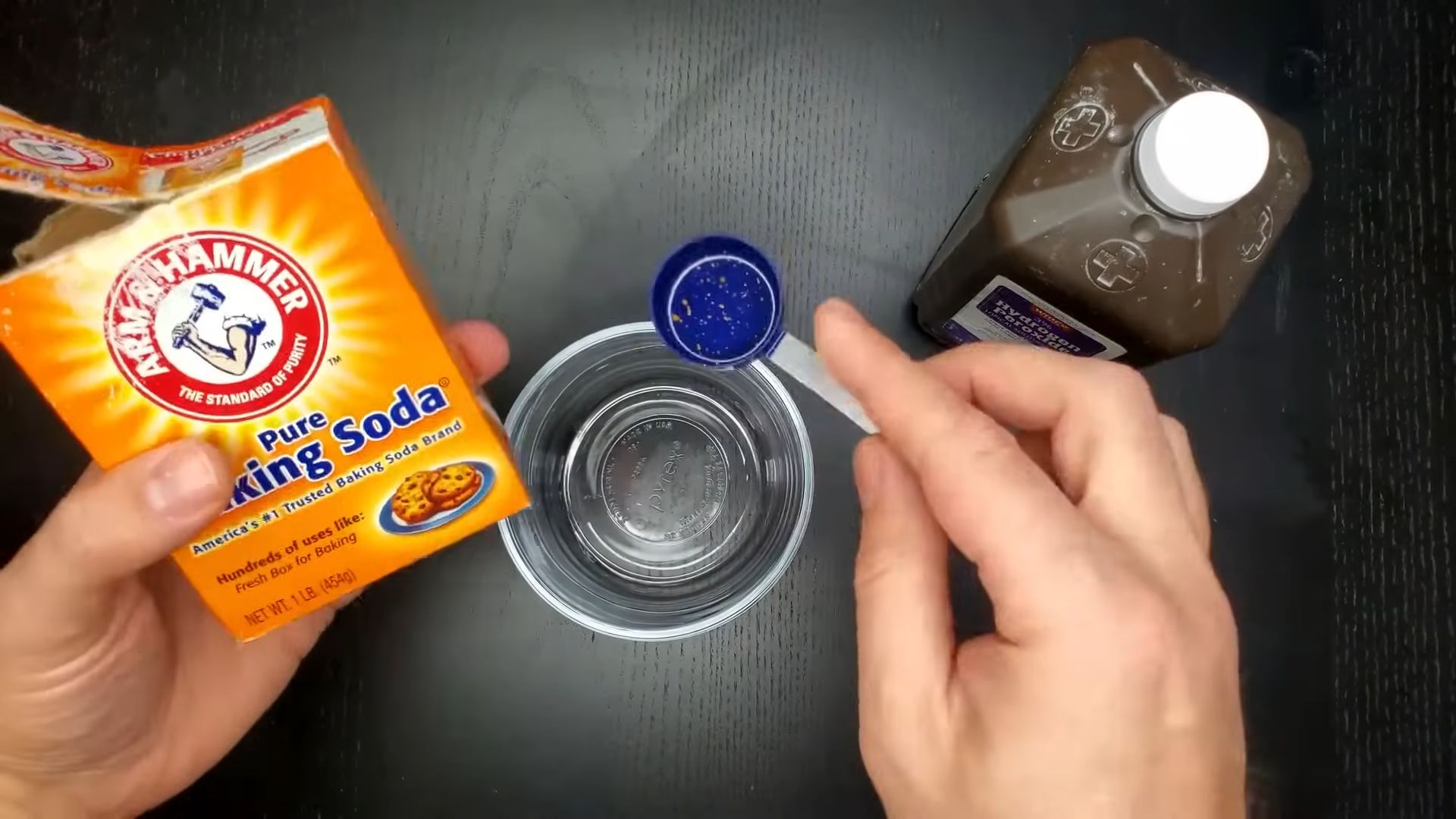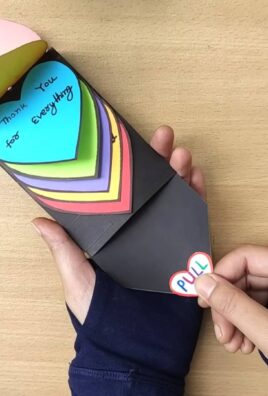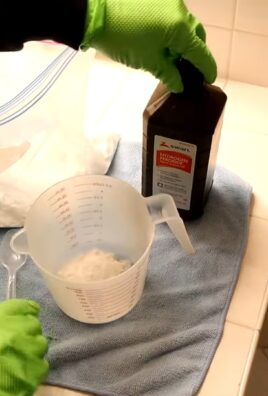Baking Soda Teeth Whitening: Are you dreaming of a brighter, more confident smile without breaking the bank? I know I am! We’ve all seen those dazzling smiles on TV and wondered how to achieve that Hollywood sparkle. Well, what if I told you that a simple, inexpensive ingredient sitting right in your pantry could be your secret weapon?
For generations, baking soda has been a trusted household staple, not just for baking, but also for cleaning and even personal care. Its use in oral hygiene dates back centuries, with historical records showing its application in ancient tooth powders and pastes. It’s a time-tested remedy passed down through families, and now, I’m excited to share some easy and effective DIY tricks to harness its power for teeth whitening.
In today’s world, a bright smile is often associated with confidence and success. However, professional teeth whitening treatments can be costly and sometimes harsh on sensitive teeth. That’s where baking soda teeth whitening comes in! This article will guide you through safe and simple methods to naturally brighten your smile at home, using baking soda as the star ingredient. We’ll explore different techniques, discuss potential benefits and risks, and provide expert tips to ensure you achieve the best possible results. Get ready to unlock a brighter, more radiant you, one baking soda scrub at a time!

DIY Baking Soda Teeth Whitening: A Sparkling Smile on a Budget
Hey there! Are you dreaming of a brighter, whiter smile without breaking the bank? Well, you’re in the right place! I’m going to walk you through a super simple and effective DIY teeth whitening method using baking soda. It’s a classic for a reason, and with a few precautions, you can achieve noticeable results right at home. Let’s get started!
Understanding Baking Soda’s Whitening Power
Baking soda, also known as sodium bicarbonate, is a mild abrasive. This means it gently scrubs away surface stains from your teeth, revealing a brighter layer underneath. It also helps neutralize acids in your mouth, which can contribute to enamel erosion and discoloration. However, it’s crucial to use it correctly to avoid any potential damage. We’ll cover all the do’s and don’ts as we go.
What You’ll Need
Before we dive in, let’s gather our supplies. You probably have most of these already!
* Baking soda (the regular kind you use for baking)
* Water (tap water is fine)
* Your toothbrush
* A small dish or container
* Optional: Hydrogen peroxide (3% solution – the kind you find at the drugstore)
* Optional: Peppermint essential oil (for flavor and breath freshening)
* A mirror (essential for checking your progress!)
The Basic Baking Soda Paste Method
This is the simplest and most common way to whiten your teeth with baking soda.
1. Prepare the Paste: In your small dish, mix about a teaspoon of baking soda with a few drops of water. Start with just a few drops and add more gradually until you form a thick paste. You want it to be spreadable but not too runny.
2. Apply to Your Toothbrush: Scoop a small amount of the baking soda paste onto your toothbrush.
3. Brush Gently: Brush your teeth with the paste for about two minutes. Use gentle, circular motions. Avoid scrubbing too hard, as this can irritate your gums and wear down your enamel. Focus on areas with noticeable staining.
4. Rinse Thoroughly: Rinse your mouth thoroughly with water until all traces of baking soda are gone. You don’t want to swallow any of it.
5. Brush with Regular Toothpaste: After rinsing, brush your teeth with your regular fluoride toothpaste. This will help remineralize your enamel and protect against cavities.
Boosting the Whitening Power: Baking Soda and Hydrogen Peroxide
Hydrogen peroxide is another common teeth whitening agent. When combined with baking soda, it can create a more potent whitening effect. However, it’s even more important to use this method sparingly and with caution.
1. Prepare the Paste: In your small dish, mix about a teaspoon of baking soda with a few drops of hydrogen peroxide (3% solution). Again, add the hydrogen peroxide gradually until you form a thick paste. The mixture might fizz a little – that’s normal!
2. Apply to Your Toothbrush: Scoop a small amount of the baking soda and hydrogen peroxide paste onto your toothbrush.
3. Brush Gently: Brush your teeth with the paste for about one to two minutes. Be extra gentle with this method.
4. Rinse Thoroughly: Rinse your mouth thoroughly with water until all traces of baking soda and hydrogen peroxide are gone.
5. Brush with Regular Toothpaste: Follow up with brushing your teeth with your regular fluoride toothpaste.
Adding Flavor and Freshness: Baking Soda and Peppermint Oil
Baking soda doesn’t have the most pleasant taste, so adding a drop of peppermint essential oil can make the experience more enjoyable.
1. Prepare the Paste: Mix a teaspoon of baking soda with a few drops of water to form a paste, as described in the basic method.
2. Add Peppermint Oil: Add one single drop of peppermint essential oil to the paste and mix well. Be careful not to add too much, as it can be overpowering.
3. Apply to Your Toothbrush: Scoop a small amount of the flavored baking soda paste onto your toothbrush.
4. Brush Gently: Brush your teeth with the paste for about two minutes, using gentle, circular motions.
5. Rinse Thoroughly: Rinse your mouth thoroughly with water.
6. Brush with Regular Toothpaste: Brush with your regular toothpaste afterward.
Important Considerations and Precautions
Okay, now for the really important stuff. While baking soda can be effective for teeth whitening, it’s not without its potential drawbacks. Here’s what you need to keep in mind:
* Enamel Erosion: Baking soda is abrasive, and overuse can wear down your enamel over time. Enamel is the protective outer layer of your teeth, and once it’s gone, it’s gone for good.
* Gum Irritation: Brushing too hard or using baking soda too frequently can irritate your gums, causing redness, swelling, and even bleeding.
* Sensitivity: If you already have sensitive teeth, baking soda might exacerbate the problem.
* Not for Everyone: Baking soda whitening isn’t suitable for everyone. If you have braces, dental restorations (like fillings or crowns), or significant enamel damage, talk to your dentist before trying this method.
* Frequency: Don’t use baking soda to brush your teeth every day. I recommend using it no more than once or twice a week. Give your enamel time to recover between treatments.
* Listen to Your Body: If you experience any pain, sensitivity, or irritation, stop using baking soda immediately.
* Consult Your Dentist: The best way to achieve a whiter smile is to talk to your dentist. They can recommend professional whitening treatments or other safe and effective options.
Tips for Maximizing Results and Minimizing Risks
Here are a few extra tips to help you get the most out of your baking soda whitening experience while staying safe:
* Use a Soft-Bristled Toothbrush: This will help minimize abrasion and protect your enamel and gums.
* Brush Gently: Remember, gentle circular motions are key. Don’t scrub!
* Don’t Swallow the Paste: Baking soda isn’t meant to be ingested. Rinse thoroughly after brushing.
* Stay Hydrated: Drinking plenty of water helps keep your mouth clean and prevents staining.
* Limit Stain-Causing Foods and Drinks: Coffee, tea, red wine, and dark-colored sodas can all contribute to teeth staining. Try to limit your consumption of these beverages, or rinse your mouth with water after consuming them.
* Maintain Good Oral Hygiene: Brushing twice a day with fluoride toothpaste and flossing daily are essential for maintaining a healthy and bright smile.
* Be Patient: Baking soda whitening isn’t an instant fix. It may take several weeks to see noticeable results.
* Take Pictures: Before you start, take a picture of your teeth. Then, take pictures every week or two to track your progress. This will help you see how well the baking soda is working.
* Consider Oil Pulling: While not directly related to baking soda, oil pulling with coconut oil is another natural remedy that some people find helpful for whitening teeth and improving oral health.
What to Expect: Realistic Expectations
It’s important to have realistic expectations when using baking soda for teeth whitening. It’s not going to give you the same dramatic results as professional whitening treatments. However, it can help remove surface stains and brighten your smile by a shade or two.
The effectiveness of baking soda whitening will depend on several factors, including:
* The Severity of Your Staining: If you have deep, intrinsic stains, baking soda might not be very effective.
* Your Oral Hygiene Habits: If you don’t brush and floss regularly, baking soda won’t be able to overcome the buildup of plaque and tartar.
* Your Diet: If you continue to consume stain-causing foods and drinks, your results will be limited.
When to See a Dentist
While DIY teeth whitening can be a fun and affordable option, it’s not a substitute for professional dental care. It’s important to see your dentist regularly for checkups and cleanings. Your dentist can also identify any underlying dental problems that might be contributing to tooth discoloration.
Schedule an appointment with your dentist if you experience any of the following:
* Persistent tooth pain or sensitivity
* Bleeding or swollen gums
* Loose teeth
* Changes in your bite
* Any other concerns about your oral health
My Personal Experience
I’ve personally used the baking soda method a few times, and I’ve found it to be a helpful way to brighten my smile between professional cleanings. I definitely noticed a difference in the brightness of my teeth after a few weeks of using it once a week. However, I always make sure to be gentle and to listen to my body. If I start to experience any sensitivity, I stop using it immediately.
I hope this guide has been helpful!

Conclusion
So, there you have it! Baking soda teeth whitening isn’t just a fleeting trend; it’s a time-tested, budget-friendly, and surprisingly effective way to brighten your smile. We’ve explored the science, debunked the myths, and provided you with a clear, concise guide to safely incorporating this simple ingredient into your oral hygiene routine.
Why is this DIY trick a must-try? Because it offers a tangible alternative to expensive and sometimes harsh commercial whitening products. It puts the power back in your hands, allowing you to control the ingredients and frequency of your whitening treatments. Plus, who doesn’t love a good DIY project that delivers real results?
But remember, consistency and moderation are key. Overdoing it can lead to enamel erosion, so stick to the recommended frequency and be gentle with your brushing technique. Think of it as a gradual brightening process, not an overnight miracle.
Looking for variations? Consider adding a drop of peppermint essential oil to your baking soda paste for a refreshing flavor and breath-freshening boost. You could also experiment with mixing baking soda with a small amount of hydrogen peroxide (3% solution) for an extra whitening kick, but use this method sparingly and with caution, as it can be more abrasive. Another option is to create a paste with baking soda and mashed strawberries. Strawberries contain malic acid, which can help to remove surface stains. Again, moderation is crucial.
Ultimately, the best way to determine if baking soda teeth whitening is right for you is to try it yourself. Start slowly, monitor your teeth for any sensitivity, and adjust the frequency as needed. We’re confident that you’ll be pleasantly surprised by the results.
We’re eager to hear about your experiences! Did you notice a difference in the brightness of your smile? Did you try any of the variations we suggested? Share your tips, tricks, and before-and-after photos in the comments below. Let’s create a community of confident smiles, powered by the simple magic of baking soda! Your feedback will not only help other readers but also allow us to refine and improve this guide. So, go ahead, give it a try, and let us know what you think! Your journey to a brighter, more confident smile starts now.
Frequently Asked Questions (FAQs)
Is baking soda safe for teeth whitening?
Yes, baking soda is generally considered safe for teeth whitening when used in moderation. It’s a mild abrasive that helps to remove surface stains from your teeth. However, excessive use or aggressive brushing can erode tooth enamel, leading to sensitivity and other dental problems. It’s crucial to use it sparingly and gently. Think of it as a supplemental treatment, not a replacement for your regular brushing routine with fluoride toothpaste. Always consult with your dentist if you have any concerns about using baking soda for teeth whitening, especially if you have sensitive teeth or other dental conditions.
How often should I use baking soda to whiten my teeth?
The recommended frequency for using baking soda for teeth whitening is typically once or twice a week. Using it more often than that can increase the risk of enamel erosion. Pay close attention to how your teeth feel. If you experience any sensitivity, reduce the frequency or discontinue use altogether. Remember, consistency is more important than intensity. A gentle, regular approach is more effective and safer than aggressive, infrequent treatments.
Can baking soda replace my regular toothpaste?
No, baking soda should not replace your regular toothpaste. While it can help to remove surface stains, it doesn’t contain fluoride, which is essential for preventing cavities and strengthening tooth enamel. Fluoride toothpaste is a crucial part of your daily oral hygiene routine. Think of baking soda as an occasional supplement to your regular brushing routine, not a replacement. Use your fluoride toothpaste twice a day and incorporate baking soda whitening once or twice a week.
Will baking soda whiten my teeth as effectively as professional whitening treatments?
Baking soda can effectively remove surface stains and brighten your teeth, but it won’t provide the same dramatic results as professional whitening treatments. Professional treatments use stronger bleaching agents that penetrate deeper into the tooth enamel. Baking soda primarily works on surface stains. However, for a cost-effective and natural way to brighten your smile at home, baking soda is a great option. It’s a gradual process, so be patient and consistent with your use.
What are the potential side effects of using baking soda for teeth whitening?
The most common side effect of using baking soda for teeth whitening is tooth sensitivity. This is because baking soda is abrasive and can erode tooth enamel if used excessively or aggressively. Other potential side effects include gum irritation and a salty taste. To minimize these side effects, use baking soda sparingly, brush gently, and rinse your mouth thoroughly after each use. If you experience any persistent discomfort, discontinue use and consult with your dentist.
Can I use baking soda if I have sensitive teeth?
If you have sensitive teeth, you should use baking soda for teeth whitening with caution. Start by using it very sparingly, perhaps only once every two weeks, and monitor your teeth for any increased sensitivity. Use a very soft-bristled toothbrush and brush gently. You might also consider using a desensitizing toothpaste in conjunction with baking soda to help protect your enamel. If you experience significant sensitivity, discontinue use and consult with your dentist. They can recommend alternative whitening options that are better suited for sensitive teeth.
How do I make a baking soda paste for teeth whitening?
Making a baking soda paste for teeth whitening is simple. Mix one teaspoon of baking soda with one to two teaspoons of water to form a paste. The consistency should be similar to that of regular toothpaste. You can also add a drop of peppermint essential oil for flavor, if desired. Avoid making the paste too thick or gritty, as this can increase the risk of enamel erosion.
Can I use baking soda if I have braces or other dental appliances?
If you have braces or other dental appliances, it’s best to consult with your orthodontist or dentist before using baking soda for teeth whitening. Baking soda can potentially get trapped in the brackets or wires of braces, making it difficult to remove and potentially leading to plaque buildup. Your dentist can advise you on the best whitening options for your specific situation.
Does baking soda expire?
Yes, baking soda does expire. While it doesn’t necessarily become harmful, its effectiveness may decrease over time. Check the expiration date on the package and use fresh baking soda for the best results. Expired baking soda may not have the same whitening power.
Can I mix baking soda with lemon juice for teeth whitening?
While some people recommend mixing baking soda with lemon juice for teeth whitening, this is generally not advised. Lemon juice is highly acidic and can erode tooth enamel, especially when combined with the abrasive nature of baking soda. This combination can significantly increase the risk of tooth sensitivity and damage. It’s best to avoid using lemon juice for teeth whitening and stick to safer alternatives like water or hydrogen peroxide (used sparingly and with caution).





Leave a Comment